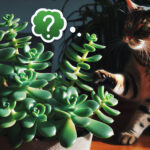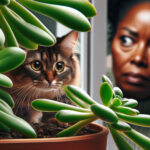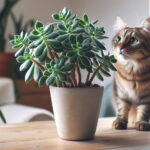Introduction to Crassula Plants
Known for their charm and diversity, Crassula plants have taken the world by storm as favorite houseplants. Nestled within the family of succulents, these plants boast a variety of shapes, sizes, and colors, gracing the window sills and indoor gardens of botany enthusiasts globally. The Crassula genus, presenting an array of options like the popular Jade Plant, offers the perfect blend of beauty and resilience, making these succulents a go-to choice for both green-thumbed experts and budding plant-lovers alike.
However, beauty should never trump safety. The topic of plant toxicity is one that resonates deeply with pet owners and parents. As we adorn our homes with these living decorations, the lurking question arises: Are Crassula plants toxic to our four-legged friends or the little explorers who share our space? This question is particularly pressing for those who have encountered their curious cat nibbling on a leaf or their toddler fascinated by the greenery. Unraveling this knot of concern is essential for fostering a safe and harmonious living environment for all.
Join us as we delve into this inquiry, embarking on a quest for knowledge and peace of mind. To aid in our understanding of these alluring plants, let’s take a closer look at the care essentials with this helpful Crassula obliqua plant care guide, ensuring we nurture our green companions while keeping our furry and little ones out of harm’s way.
For those who cherish verdant vitality within their four walls, the question of potential dangers is as crucial as sunlight and water to their leafy wards. Now, let’s equip ourselves with the knowledge to grow these succulents with confidence and care:
Remember, the charm of Crassula plants is undeniable, but responsible care and caution are the keys to safely enjoying their verdant company.
The Toxicity of Crassula Plants Explored
In the quiet corners of cozy homes, where eager paws and curious snouts often investigate, Crassula plants stand silently. Also known as Jade plants, these succulents are charming to plant enthusiasts but present an often-unseen threat to our furry friends. Let’s unravel the toxicity behind these verdant beauties.
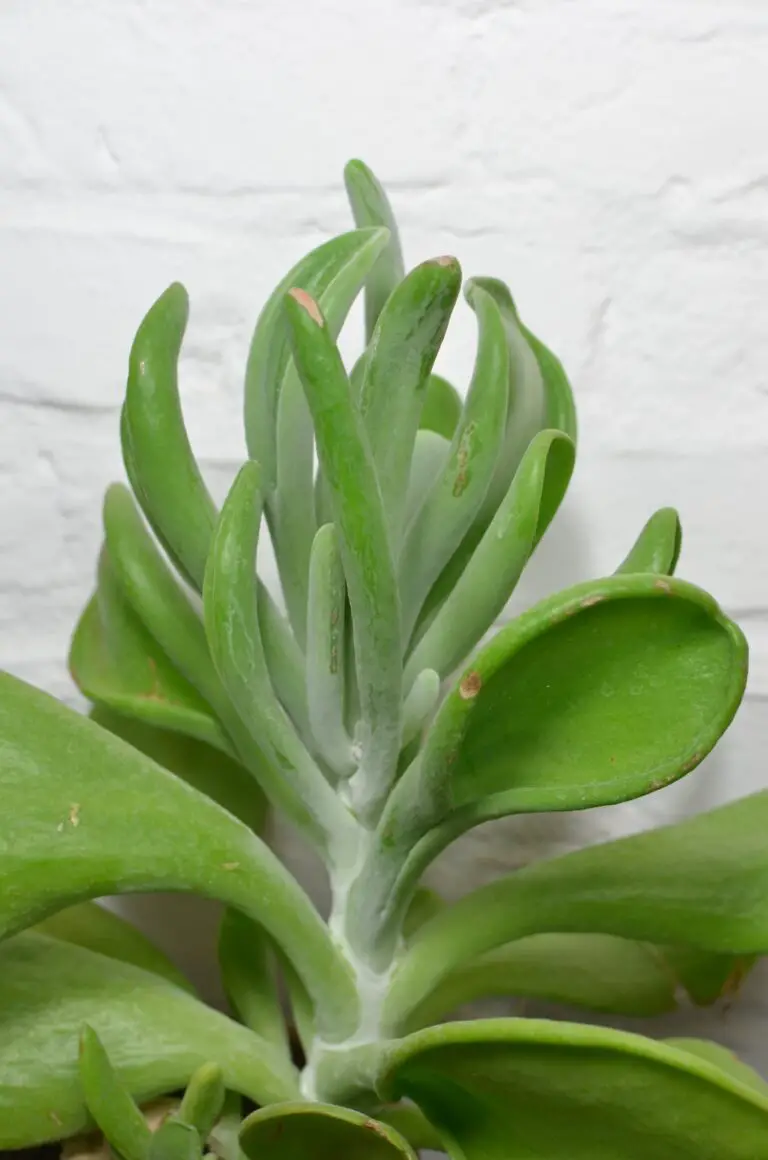
The risk lies mostly in the leaves. Crassula leaves, when nibbled or ingested, can cause vomiting, lethargy, and in severe cases, a slower heart rate in cats and dogs. It’s the plant’s natural compounds, specifically the cardiac glycosides, that are the culprits. Just as nature endowed these plants with seductive allure, it also laced them with a chemical defense that deters many herbivores… and potentially our pets.
One might wonder if a small bite would really lead to drama. Well, imagine a scenario where curiosity wins and a tenacious tabby takes a taste. Within hours, your serene space might be anything but, as pets react to the toxic intrusion. This is a tangible risk, making it crucial to understand what lurks within those luscious leaves. Yet, there’s much to discover about maintaining a safe environment at home with both plants and pets.
Nonetheless, it’s not all doom and gloom. Awareness is a powerful safeguard. For those of us enamored with keeping our houses emerald-filled while also providing a sanctuary for our purring pals, alternative options exist. We just have to be mindful, selecting plants that contribute to the aesthetics without endangering our pets.
Safety should always come first. Explore ways to keep your pets safe with a variety of houseplant choices that cheer up any corner without the worry of an emergency vet visit. It all comes down to cohabiting with our leafy friends in a way that’s both pleasing to the eye and safe for all.
Recognizing the Crassula Species
When it comes to the diverse and fascinating world of succulents, Crassula certainly tops the charts with its wide variety! Perhaps you’ve admired the plump leaves of the celebrated Crassula ovata, or as many affectionately call it, the Jade Plant. These sturdy beauties are adorned with glossy, jade-green leaves that can develop a charming, reddish tinge when kissed by the sun.
But wait, the Crassula genus isn’t a one-trick pony! There’s a whole ensemble of species, each bringing a unique spin to the mix. Take the whimsical Crassula arborescens, also dubbed the Silver Dollar Plant, flashing its silvery leaves for all the world to see. Or consider the delicate Crassula muscosa, weaving an intricate tapestry of tiny, interlaced leaves that evoke thoughts of a fairy’s ladder.
Imagine stumbling upon a cluster of Crassula capitella, the Campfire Plant, with its fiery red leaves lighting up your garden like bonfire flames amid the greenery. Each species is a masterclass in adaptation and beauty, thriving in less-than-hospitable conditions while stealing the hearts of plant enthusiasts everywhere.
While you marvel at these living sculptures, there’s more than meets the eye. These resilient plants survive in arid environments, storing water in those luscious leaves, ready to face dry spells with a nonchalant poise. It’s no wonder they’ve become a staple in households and offices, bringing a touch of Zen with minimal fuss.
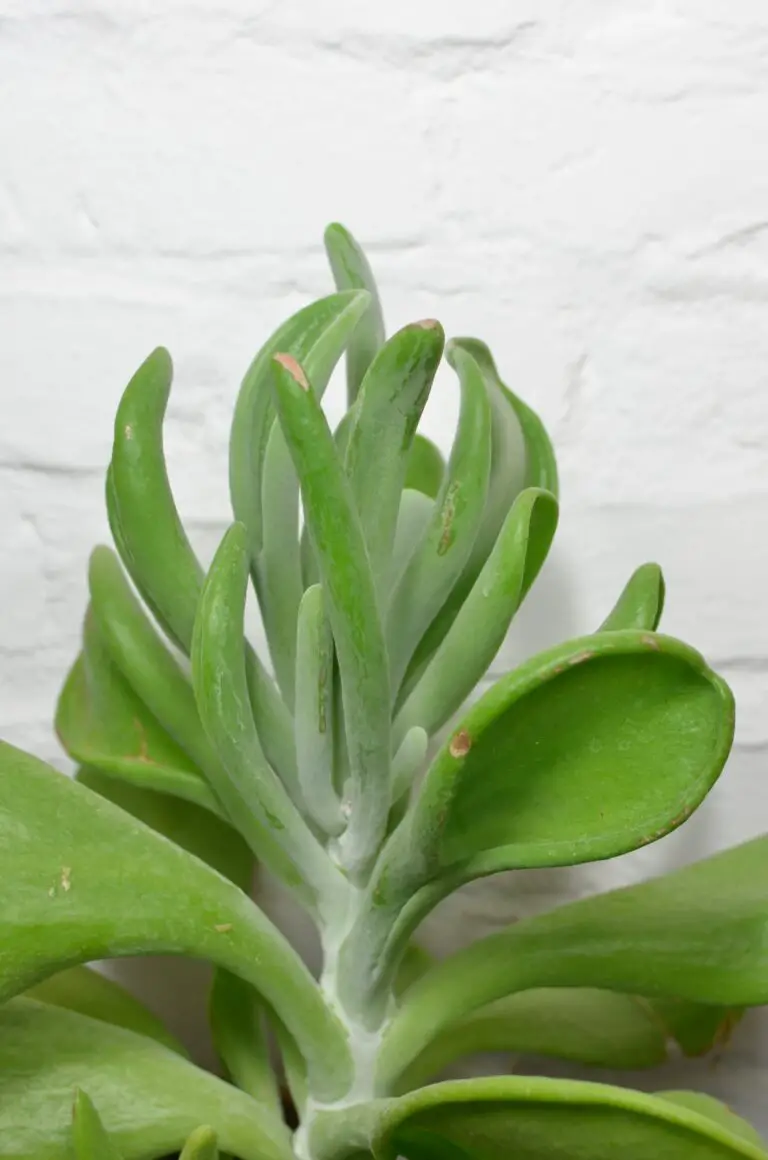
So, whether you’re a seasoned green thumb or a curious newcomer enchanted by their robust charm, the Crassula family is a delightful rabbit hole of natural artistry. Just wait until you’ve had the joy of watching a Crassula in full, splendid bloom – it’s an experience that transcends the simple act of plant keeping, connecting us with the serene beauty of the natural world.
Symptoms of Crassula Poisoning
Crassula, the beloved jade plant many of us showcase in our sunbathed windowsills, carries a little-known secret. If ingested by your furry friend or curious toddler, an alarm bell should ring. Now, don’t panic—let’s dissect the symptoms to arm you with the knowledge you need.
Mild Reactions: Picture this: Fido has a spring in his step but suddenly starts vomiting, has diarrhea, or shows signs of lethargy. These could all be a response to nibbling on Crassula. Mild symptoms like these are often short-lived and respond well to a little extra TLC.
Severe Reactions: On the flip side, take Molly the cat, who’s just not herself lately. She’s not only retching but also showing signs of depression or a loss of coordination—like she’s had one too many catnip cocktails. These are red flags that warrant immediate veterinary attention.
While the green, fleshy leaves of Crassula hold aesthetic appeal, they pack a punch with symptoms that escalate quickly. It’s not just a tummy ache we’re talking about but potential cardiac anomalies, or even worse, respiratory problems. Yes, our unassuming potted friends can be a silent siren for pets.
Time is of the essence: if your pet shows any odd behavior after getting too close to your Crassula, don’t dawdle. Consult your vet posthaste. Remember, early intervention can be the deciding factor between a speedy recovery and a health crisis. For more tailored advice on nurturing a safe environment for your pets among your plant collection, check out our comprehensive guide.
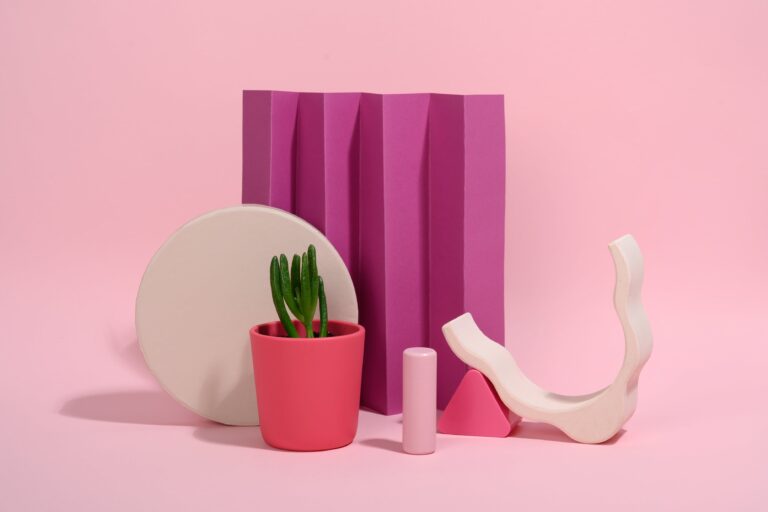
We love our leafy companions and our pets; it’s all about coexistence. By understanding the possible reactions to Crassula ingestion, we can keep our pets purring and our plants prospering.
First Aid Measures for Crassula Exposure
When it comes to our furry friends and little ones, their curiosity can sometimes lead them into trouble, especially when that trouble is in the form of a seemingly innocent houseplant. If you suspect your pet or child has ingested part of a Crassula plant, quick and careful action is key. Let’s walk through the paces of what to do, because although Crassula plants are not the most toxic out there, they can still cause discomfort or more serious issues for your loved ones.
First thing’s first: don’t panic. Easier said than done, but your calmness can actually help the situation. Immediately remove any plant material from the mouth to prevent further ingestion. Keep a piece of the plant for identification; it can be incredibly helpful for the vet or doctor. Now, gently rinse out the mouth with water to remove any residual plant particles, being careful not to cause choking.
Next, keep an eye out for signs of poisoning, which might include vomiting, diarrhea, lethargy, drooling, or for pets, changes in their bark or meow. It’s crucial to avoid home remedies or inducing vomiting unless instructed by a healthcare professional, as this could worsen the situation. Instead, reach for your phone to call your local poison control center or your vet, providing details about the incident. Time is a factor, so don’t dilly-dally!
Remember, while the internet is a hoard of information, it’s not the place for medical advice in emergencies. Stories of how someone’s cousin’s friend’s poodle recovered with a concoction of maple syrup and singing telegrams might be heartwarming but stick to the proven protocols suggested by professionals.
If your pet is the one affected, transport them to the veterinarian as safely and swiftly as possible. For kids, the same rule applies—professional evaluation is non-negotiable. Keep our little explorers hydrated and refrain from giving them anything to eat until they’ve been assessed. Let’s make sure their next adventure is a safer one.
To better understand what plants can pose risks and how to react, here’s a handy video that dives into HOUSEHOLD PRODUCTS THAT ARE POISONOUS TO DOGS. Although it’s tailored to our canine companions, the principles of first aid apply broadly to all pets that may have come into contact with plant toxins.
Preventive Strategies for Pet Owners
As a pet parent, ensuring the safety of our furry friends is akin to safeguarding a toddler from the perils of a home not yet childproofed. With Crassula plants sneaking into many homes as unassuming verdant decor, it’s paramount to lift the veil on preventive techniques to avert any toxic encounters for our animal companions. Let’s embark on a strategical journey to pet-proof our green havens.
Firstly, let’s talk plant placement. Elevate your Crassula out of paws’ reach by nestling them on high shelves or in hanging planters. Think vertical gardens where your pets can’t play Jack and the Beanstalk! For those feline acrobats undaunted by heights, secure a dedicated room for your plants with a pet-proof gate, transforming a simple space into a sublime and safe botanical chamber.
Integration of deterrents can be an added armor in your pet-proofing arsenal. Place natural, pet-friendly deterrents around your plants. Citrus peels or essential oils can serve as olfactory barricades, sending a clear olfactory message to your pet’s keen nose: “This greenery is not your salad bar!”
Constructive Behavior Training
Next, the art of distraction: furnish your pet’s environment with enough stimulation—think toys, scratching posts, or interactive feeders—and they’ll be less likely to seek entertainment among your leafy companions. A fetch here, a puzzle there, and your prized Crassula might just slip their mind!
Consistency is quite the trick when it comes to training our pets. It’s about instilling the mantra: plants are friends, not food. Gently reinforce this boundary with a firm ‘no’ whenever they exhibit unwarranted curiosity. Reward them for obeying, and soon they’ll associate the absence of meddling with positive reinforcements.
Let’s not forget, imitation is the sincerest form of flattery, especially when it comes to pooches. Involve them in your gardening activities. Demonstrate that these green beings are to be nurtured, not nibbled. When they observe your respectful interaction with plants, they’re likely to mirror that conduct.
Hang on, why not unveil some visuals to illustrate? Take a peek at this video for more pet-proofing home hacks:
In a world where the line between the fantastical flora of the botany books and the tangible tendrils within our homes blur, taking preemptive strides to prevent our pets from dalliances with potentially poisonous plants becomes a non-negotiable act of love. So, fortify your green fortress and train your companions—your Crassula will thrive and your pets will romp about, oblivious to the hidden dangers once lurking within leaves’ reach.
Safe Plant Alternatives for Homes with Pets
As much as we love greening up our spaces, it’s crucial to consider our furry friends when choosing houseplants. The good news is, you don’t have to sacrifice verdancy for safety! Let’s explore some pet-friendly foliage that will keep your tails wagging and your home looking lush.
A favorite among cat owners is the Boston fern. These fluffy fronds are perfect for adding a splash of green without any toxic worries. Picture your feline friend nestling among the leaves, like a jungle cat lurking in the underbrush, safe from harm.
For those with sunny windowsills, why not cultivate a herb garden? Not only does it enliven your kitchen’s aroma, but herbs like basil, thyme, and rosemary are non-toxic to your pets. Watch your pooch sniff around these culinary delights with curiosity, but no consequence.
Spider plants, with their arching leaves and playful offshoots, are a visual treat — and a non-threatening one at that. These resilient beauties are a hit, inviting butterflies of curiosity from your pets and safe exploration.
If you’re after something with a bit more color, African violets offer a vibrant palette of purples and blues. They are safe for your pets, always ensuring peace of mind, even as your kitten tiptoes among the flowers or your pup gently noses the petals.
Let’s not forget the ubiquitous Cast Iron Plant. It’s tough as nails, like its name suggests, and just as friendly to your pets as it is resistant to neglect. Think of it as the loyal protector, standing guard while demanding very little.
Integrating these safer options into your home offers the benefits of cleaner air, a touch of nature indoors, and the joy of seeing your pets interact with them without a fret in the world. With these plants, create a little sanctuary that’s just as safe as it is serene.
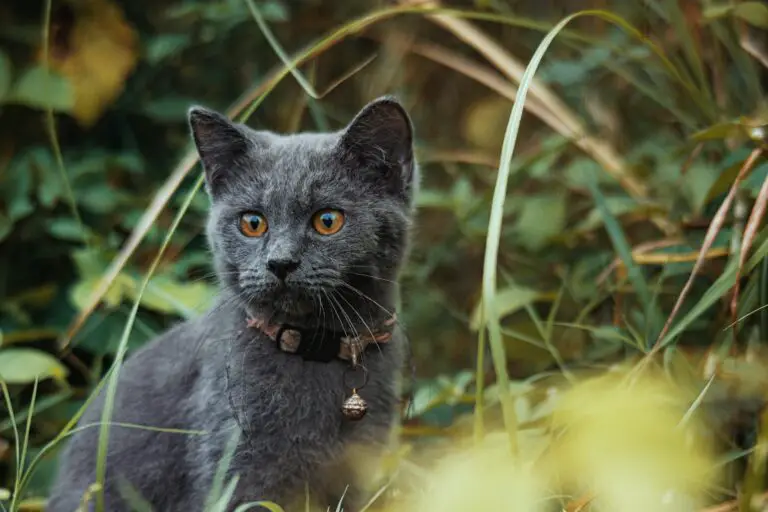
Uncovering the Impact of Crassula on Household Safety
In the ever-growing world of house plant enthusiasts, the conversation about the safety of our green companions is as crucial as it is complex. As pet owners or parents to young ones, the knowledge of which plants may pose a danger is an indispensable part of creating a nurturing home environment. The crassula, a genus with its own unique charm and array of varieties, is no exception to this rule. It’s not enough to simply admire their beauty; we must also ask—are crassula poisonous?

Imagine the bliss of sitting in your living room, bathing in the sun-filtered calm as your crassula basks alongside your furry companion or plays host to the investigations of a curious toddler. Now, consider the sudden worry that creeps in upon the revelation that not all plants are harmless. It’s the responsibility of every plant owner to dive into the depths of botanical safety. Just like food labels that inform us of potential allergens, understanding the toxic nature of our plants helps maintain the sanctuary we call home.
Embracing Knowledge for a Green and Safe Haven
Knowledge indeed is power, especially when it ensures the well-being of our home’s most vulnerable residents. Drawing from real-life stories of seasoned plant lovers who have navigated these waters successfully, we are reminded of the balance between nature’s allure and its inherent risks. By staying informed about plants like crassula, we can safeguard our pets who may unknowingly nibble on a leaf or two, and our children whose curiosity knows no bounds.
By fostering a culture of mindful gardening and responsible plant ownership, we frame a narrative that’s not clouded by fear but enlightened by awareness. The delicate symbiosis between humans, animals, and plants within our abodes is both a privilege and a trust, one that calls for an active engagement with the living world around us. As we conclude our exploration of the crassula family, let’s carry forward the torch of cautious yet passionate plant collecting, ensuring our green friends enrich our lives without endangering those we love.
Frequently Asked Questions
Got questions about Crassula toxicity? You’ve landed in just the right spot! Let’s cut through the confusion and get the facts straight for the well-being of our furry and leafy companions alike.
Are All Crassula Plants Poisonous to Pets?
Most Crassula species are non-toxic to humans but enter Fido and Whiskers, and it’s a whole different ballgame. For example, the popular Crassula ovata (Jade Plant) is a no-no for pets; it can cause vomiting and lethargy if ingested. So, keep it out of reach of your curious four-legged explorers.
What Should I Do If My Pet Eats a Crassula Plant?
Stay calm and act fast! Remove any plant material from your pet’s mouth and observe. Signs of distress could mean a quick trip to the vet is in order. Remember, it’s better to be safe than sorry.
Can Crassula Plants Affect Humans?
For us bipeds, Crassula plants generally won’t cause harm. Though not a menu item, accidental ingestion might just give you a bit of a tummy ruffle. Still, it’s wise to teach children that not all greens are for grazing.
Are There Safe Ways to Keep Crassula Around Pets?
Absolutely! Consider pet-safe barriers or high shelves. Another fun idea – create a captivating “catio” with non-toxic plants that’ll give your pets their own safe garden space.
Now, let’s get a visual on these succulent survivors—here’s a handy video to help you out:
${‘‘}
How Do I Identify a Crassula Plant?
Let’s turn detective – Crassula plants showcase plump leaves, often with a glossy sheen. Some have a bewitching jade green tint, others flaunt sunset hues. When you see chunky leaves with a touch of opulence, you might be peering at a Crassula!
There you have it – a quick rundown on are Crassula poisonous. Always remember that plants can be both friends and foes, depending on who’s asking. Keep your green sanctuaries safe for all!
